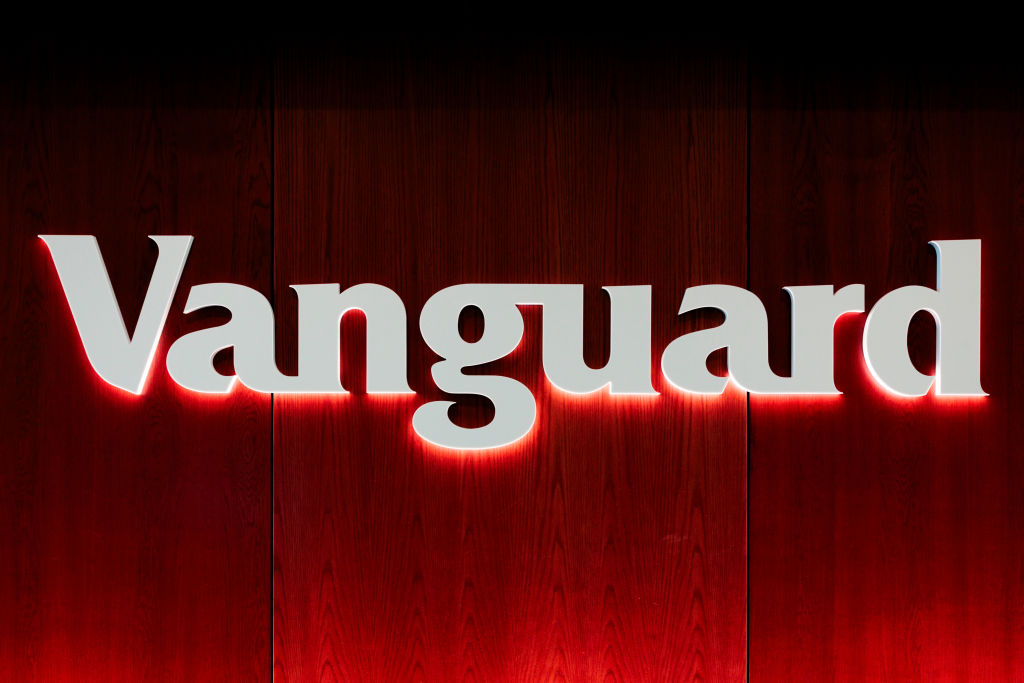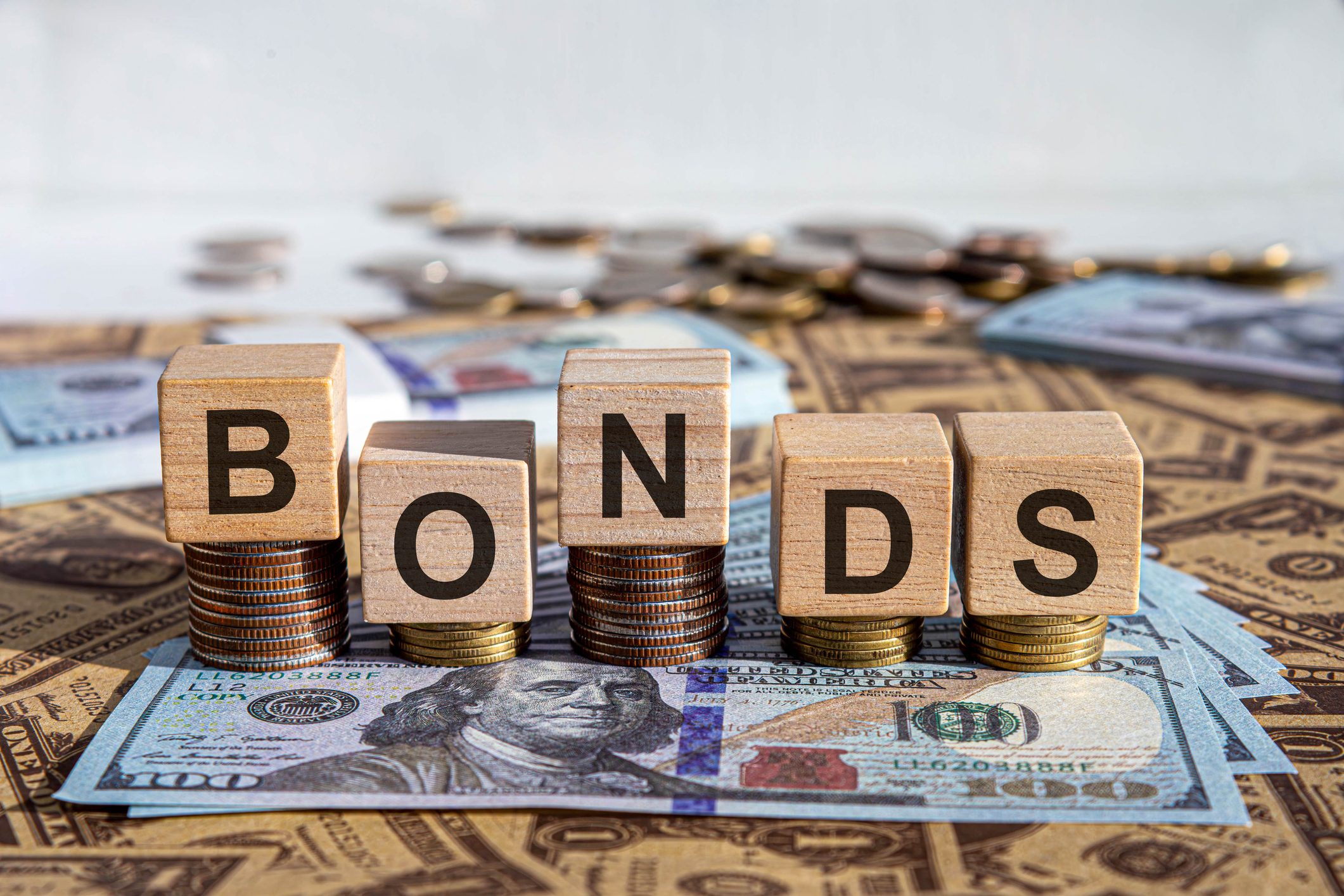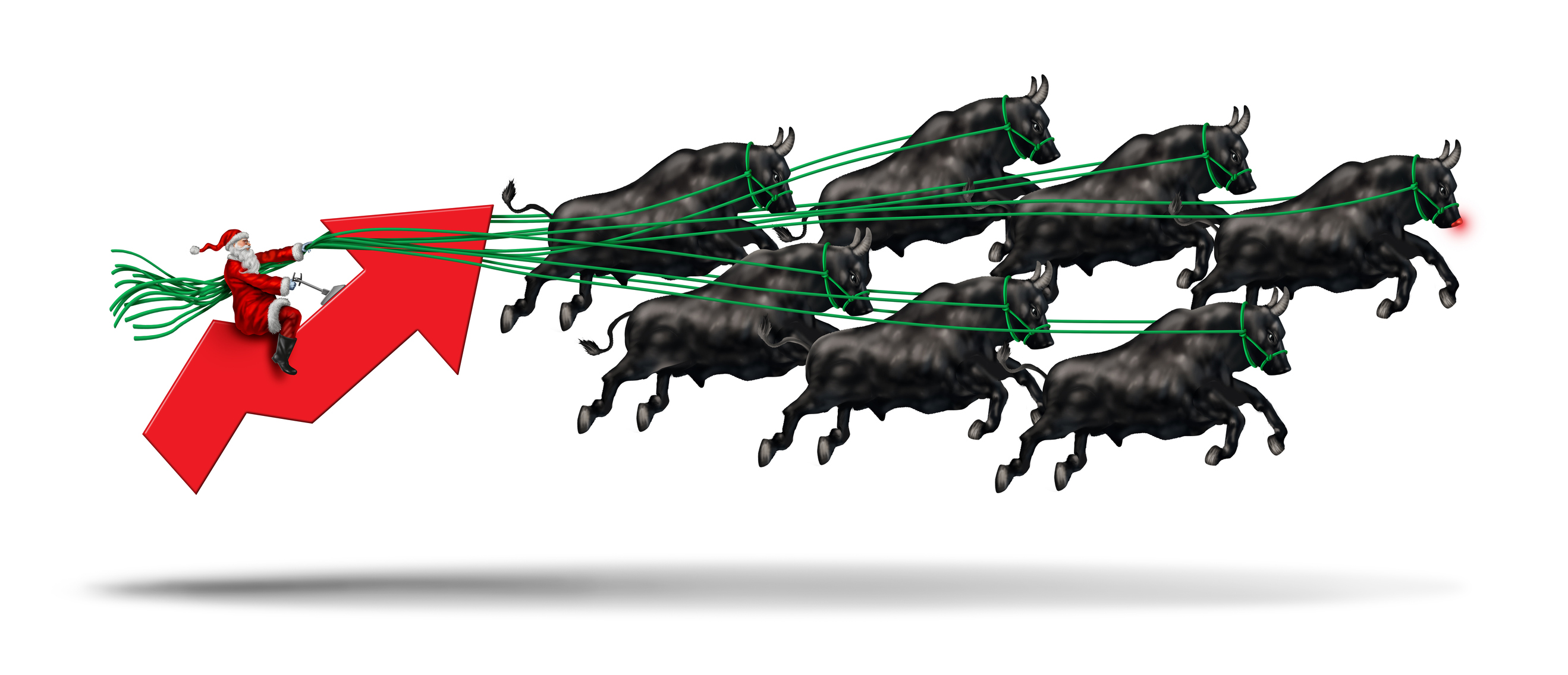What Vanguard's Massive Fee Cut Means for Investors
Vanguard just announced its largest fee cut in the asset manager's history, which is great news for investors. Here's what you need to know.


In early February, investment services firm The Vanguard Group announced its largest fee cut ever, slashing costs on 168 share classes across 87 funds. The move went into effect on February 1 and is expected to save investors more than $350 million in 2025, according to Vanguard.
"This fee cut speaks to what our founder, Jack Bogle, set out to do, which was to create an investment company that was designed for one constituency, and that's our investors," said Vanguard CEO Salim Ramji in a statement. "Bogle had a great phrase: 'You get what you don't pay for.'"
Ramji added that "there's a false dichotomy between, Do you want great performance or high quality, or do you want low costs? At Vanguard, you can get both."
From just $107.88 $24.99 for Kiplinger Personal Finance
Become a smarter, better informed investor. Subscribe from just $107.88 $24.99, plus get up to 4 Special Issues

Sign up for Kiplinger’s Free Newsletters
Profit and prosper with the best of expert advice on investing, taxes, retirement, personal finance and more - straight to your e-mail.
Profit and prosper with the best of expert advice - straight to your e-mail.
Following the fee reduction, Vanguard proudly noted that 86% of its mutual fund and exchange-traded fund (ETF) assets have the lowest-cost declines in their peer groups. The average expense ratio for Vanguard's index fixed-income ETFs is now just 0.037% and its actively managed fixed-income ETFs have an average expense ratio of 0.105%.
How Vanguard's lower fees benefit investors
As Kiplinger contributor and Head of Investment & Trading Services at Vanguard, James Martielli, CFA, explains in his piece "A Frugal Saver's Guide to Spotting Investment Costs," expenses are often one of "the best predictors of future returns of funds with a similar investment strategy."
Specifically, he says that "the higher the average expense ratio, the lower the average return." Let's say you have $1,000 to invest in a fund that charges an expense ratio of 0.20% or another that charges 0.05% to invest. Your return from the fund that costs 0.05% will accrue a bigger return over time than the one that charges 0.20% because you're left with more money to invest.
"Like interest, costs compound and can really add up over time," Martielli writes.
If you're in the market for a low-cost fund or just want to know what your options are, here are the Kiplinger ETF 20, our favorite cheap ETFs to buy. We also have the Kiplinger 25, the best no-load mutual funds, several of which are top Vanguard funds.
Related Content
Profit and prosper with the best of Kiplinger's advice on investing, taxes, retirement, personal finance and much more. Delivered daily. Enter your email in the box and click Sign Me Up.

Joey Solitro is a freelance financial journalist at Kiplinger with more than a decade of experience. A longtime equity analyst, Joey has covered a range of industries for media outlets including The Motley Fool, Seeking Alpha, Market Realist, and TipRanks. Joey holds a bachelor's degree in business administration.
-
 Don't Wait Until January: Your Year-End Health Checklist to Kickstart 2026
Don't Wait Until January: Your Year-End Health Checklist to Kickstart 2026Skip the fleeting resolutions and start the new year with a proactive plan to optimize your longevity, cognitive health, and social vitality.
-
 Premium Rewards Cards: More Perks, Higher Fees
Premium Rewards Cards: More Perks, Higher FeesSome issuers are hiking the annual fee on their flagship luxury credit cards by hundreds of dollars. Are they still worth using?
-
 3 Trips to Escape the Winter Doldrums, Including An Epic Cruise
3 Trips to Escape the Winter Doldrums, Including An Epic CruiseThree winter vacation ideas to suit different types of travelers.
-
 How to Master the Retirement Income Trinity: Cash Flow, Longevity Risk and Tax Efficiency
How to Master the Retirement Income Trinity: Cash Flow, Longevity Risk and Tax EfficiencyRetirement income planning is essential for your peace of mind — it can help you maintain your lifestyle and ease your worries that you'll run out of money.
-
 I'm an Insurance Expert: Sure, There's Always Tomorrow to Report Your Claim, But Procrastination Could Cost You
I'm an Insurance Expert: Sure, There's Always Tomorrow to Report Your Claim, But Procrastination Could Cost YouThe longer you wait to file an insurance claim, the bigger the problem could get — and the more leverage you're giving your insurer to deny it.
-
 Could a Cash Balance Plan Be Your Key to a Wealthy Retirement?
Could a Cash Balance Plan Be Your Key to a Wealthy Retirement?Cash balance plans have plenty of benefits for small-business owners. For starters, they can supercharge retirement savings and slash taxes. Should you opt in?
-
 Changes Are Coming for This Invesco Bond Fund
Changes Are Coming for This Invesco Bond FundThe Invesco BulletShares 2026 Corporate Bond ETF's bonds will mature in 2026. Here's what investors should do.
-
 7 Retirement Planning Trends in 2025: What They Mean for Your Wealth in 2026
7 Retirement Planning Trends in 2025: What They Mean for Your Wealth in 2026From government shutdowns to market swings, the past 12 months have been nothing if not eventful. The key trends can help you improve your own financial plan.
-
 What Defines Wealth: Soul or Silver? Good King Wenceslas' Enduring Legacy in the Snow
What Defines Wealth: Soul or Silver? Good King Wenceslas' Enduring Legacy in the SnowThe tale of Good King Wenceslas shows that true wealth is built through generosity, relationships and the courage to act kindly no matter what.
-
 An Investing Pro's 5 Moves to Help Ensure 2025's Banner Year in the Markets Continues to Work Hard for You in 2026
An Investing Pro's 5 Moves to Help Ensure 2025's Banner Year in the Markets Continues to Work Hard for You in 2026After a strong 2025 in the stock market, be strategic by rebalancing, re-investing with a clear purpose and keeping a disciplined focus on your long-term goals.
-
 The Santa Claus Rally Officially Begins: Stock Market Today
The Santa Claus Rally Officially Begins: Stock Market TodayThe Santa Claus Rally is officially on as of Wednesday's closing bell, and initial returns are positive.